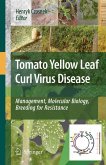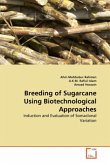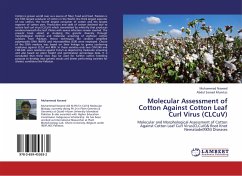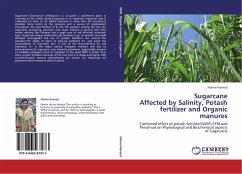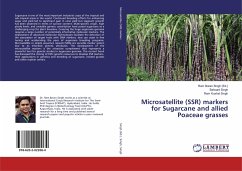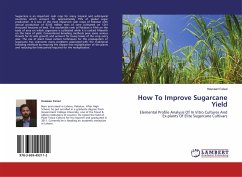Sugarcane is an important crop plant and has served as a source of sugar for hundreds of years, recently it is used to produce bioethanol, a renewable bio-fuel energy source. Sugarcane yellow leaf virus (SCYLV) was detected in the late 1990s first in Hawaii as a causal agent of a sugarcane disease (Yellow leaf) which leads to sugarcane yellow leaf syndrome and reduced sugar yield and later in many sugarcane regions of the world. The virus particles were observed in the cytoplasm of phloem companion cells of sugarcane. Viral infection often affects carbon assimilation and metabolism in host plants. Todays analysis revealed that SCYLV belongs to polerovirus which is a member of the luteoviridae family and has a apparently arisen through recombination between a Polerovirus, a Luteovirus and an Enamovirus. It is a +ssRNA-virus whose sequence contains 6 open reading frames.


